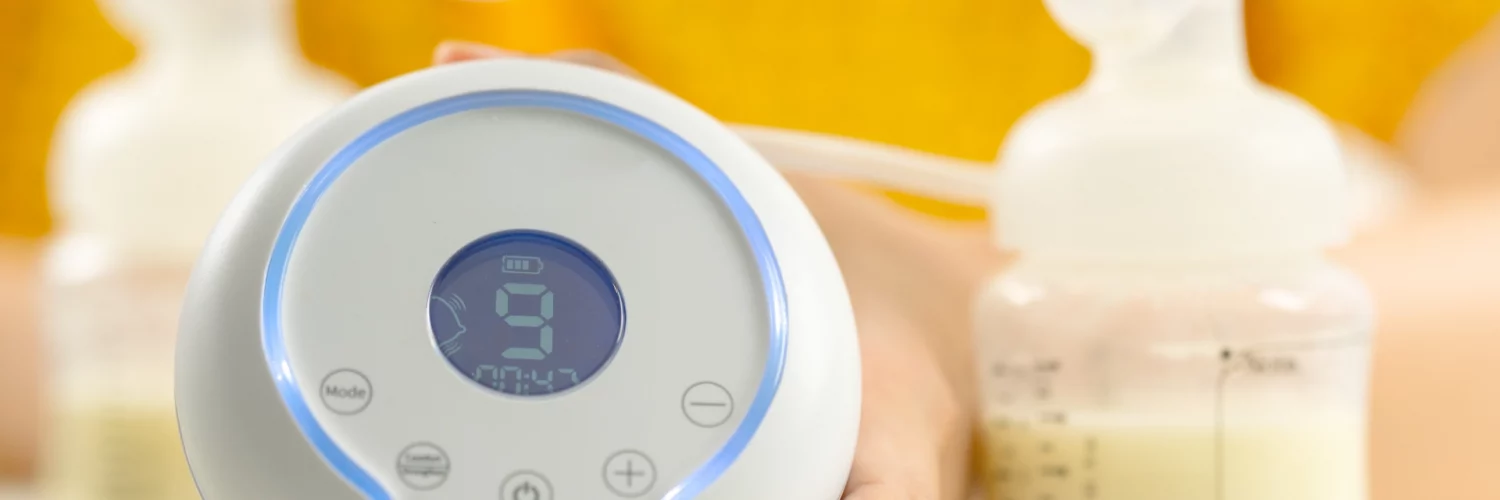Breastmilk is an infant’s primary source of nourishment. For this reason, it is permissible to nurse an infant on Shabbos in any way necessary to prevent a situation of Safek Pikuach Nefesh. However, there is a preference in the order of feeding methods:
The ideal manner is either nursing the infant on Shabbos or feeding it a bottle of breastmilk that had been expressed before Shabbos. If it cannot be breastfed (e.g., due to a medical condition) and a bottle was not prepared before Shabbos, the following is the order of preference:
- The mother may express the amount of milk her baby will need for the entire Shabbos but no more. (The amount varies depending on the baby’s age and his medical state. A doctor should be consulted to determine the requisite amount.)
- If having expressed the requisite amount, the excess milk in her breasts causes pain or a concern of infection, she may express the milk but should ensure it is disposed of (see No. 8 and onwards, below).
- However, if she is concerned that she will be unable to produce adequate milk during the coming week, she may keep the expressed milk and not dispose of it.
- Although expressing milk is permissible in the above cases, it should be carried out according to the following order of preference:
- If possible, an electric pump should be set on a timer and the apparatus should be attached to her body before it is activated. She should preferably keep the flanges close to her body under her garment so that there will be no need to hold the tubing or flanges throughout the process.
- A Nachri should activate the pump. The mother should attach the apparatus before the activation of the pump.
- If no Nachri is available but the pump is on, she may attach it to her body without a Shinui.
- If the pump is not on, she should attach the flange and then turn on the pump with a Shinui. This may be done using her knuckles, elbow, or implement that is not usually used for such a purpose.
- If none of these options are feasible, she may express the milk using a manual pump without a Shinui.
- In the days following the birth when the milk is thick and can only be pumped by squeezing the breast by hand, this is permissible.
- If, during the process, it is necessary to adjust the settings of the electric pump to avoid clotting or to regulate milk production, she may turn the dial or press the button on the regulator. This should be performed by a Nachri if possible, but if a Nachri is not available, the mother should adjust it with a Shinui (e.g., with her knuckles).
- She may not turn off the pump following its usage (most modern pumps will turn off automatically when disconnected).
- She may squeeze her breast with her hand to cause milk to drip into the baby’s mouth, enticing him to feed.
Pumping milk for reasons other than feeding (and disposal or ruining of the milk)
- A woman who has finished breastfeeding (or pumping in a permissible manner) and has an excess of milk in her breasts causing her pain or risking infection, may pump the excess using the methods outlined above. However, in this case, she must dispose of the milk (unless it is required for the week’s milk supply, as in No. 3 above).
- A woman who is not actively nursing (for example, her baby is temporarily receiving other forms of nourishment) but is concerned that her milk supply will cease if she does not pump and she will be unable to nurse in the future may pump her milk and dispose of it.
- In all cases of pumping milk for reasons other than feeding, it is preferable to manually squeeze the milk from the breasts rather than use a pump. This should be done above a sink or a cloth that will absorb the milk. Alternatively, the milk may be squeezed into a vessel or bottle, however, before expressing the milk, she should put soap or a chemical that will render the milk unusable into the vessel.
- If the milk cannot be squeezed manually, a pump may be used following the order of preference outlined above. In all cases, one must remember to dispose of the milk immediately as it is squeezed, not allowing it to first accumulate (unless a chemical is placed in the vessel beforehand).










Add comment